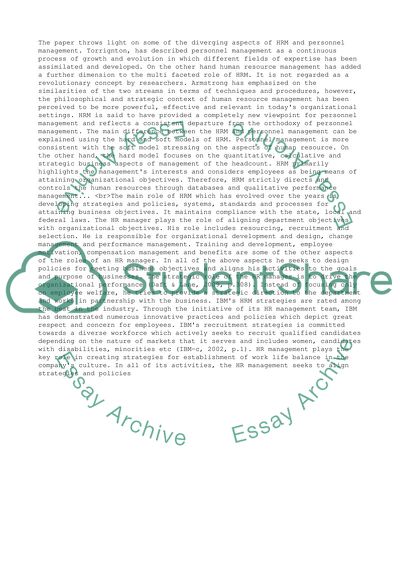Cite this document
(“Human Resource management: cases of IBM and Oracle Essay”, n.d.)
Retrieved de https://studentshare.org/management/1391347-human-resource-management-cases-of-ibm-and-oracle
Retrieved de https://studentshare.org/management/1391347-human-resource-management-cases-of-ibm-and-oracle
(Human Resource Management: Cases of IBM and Oracle Essay)
https://studentshare.org/management/1391347-human-resource-management-cases-of-ibm-and-oracle.
https://studentshare.org/management/1391347-human-resource-management-cases-of-ibm-and-oracle.
“Human Resource Management: Cases of IBM and Oracle Essay”, n.d. https://studentshare.org/management/1391347-human-resource-management-cases-of-ibm-and-oracle.


